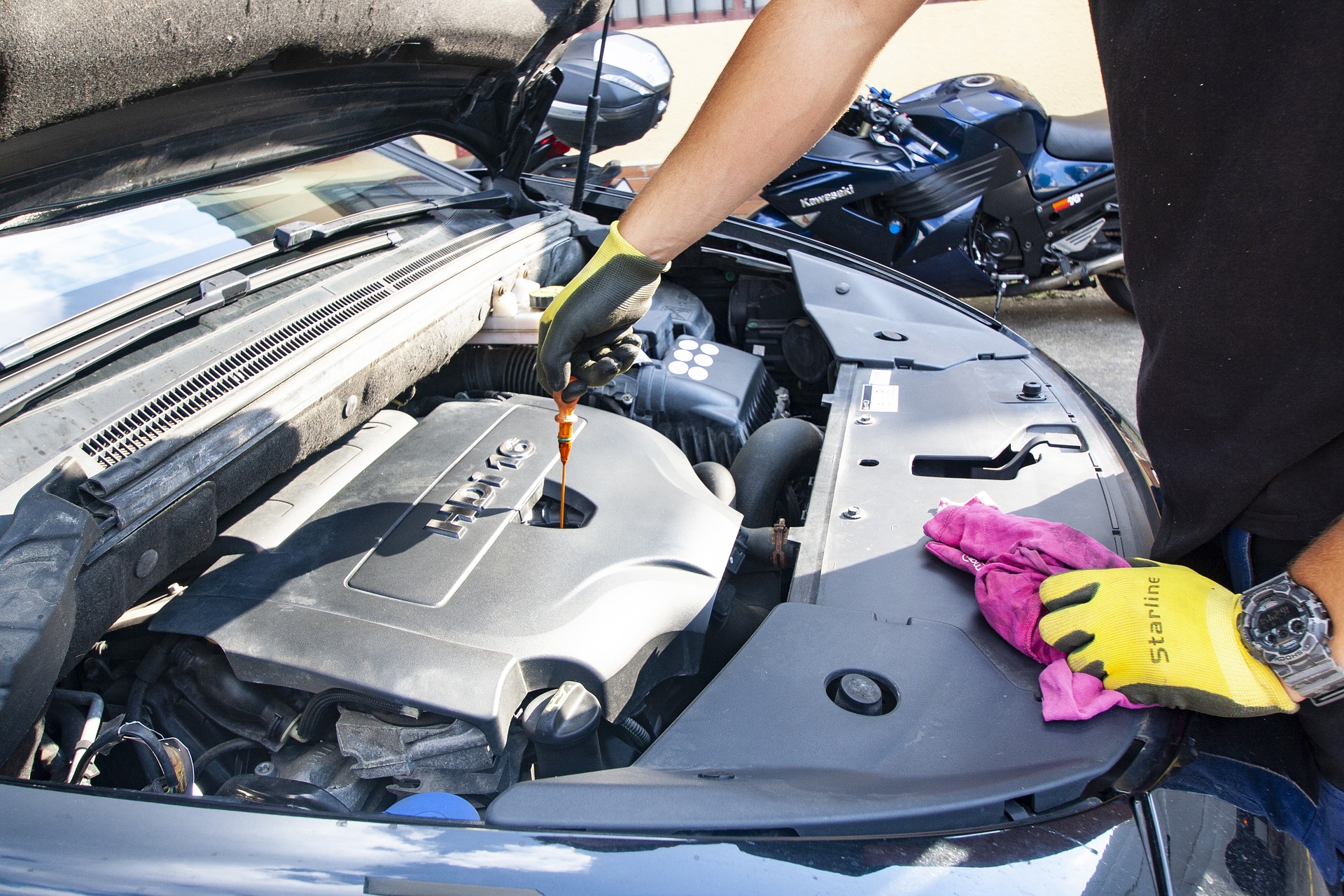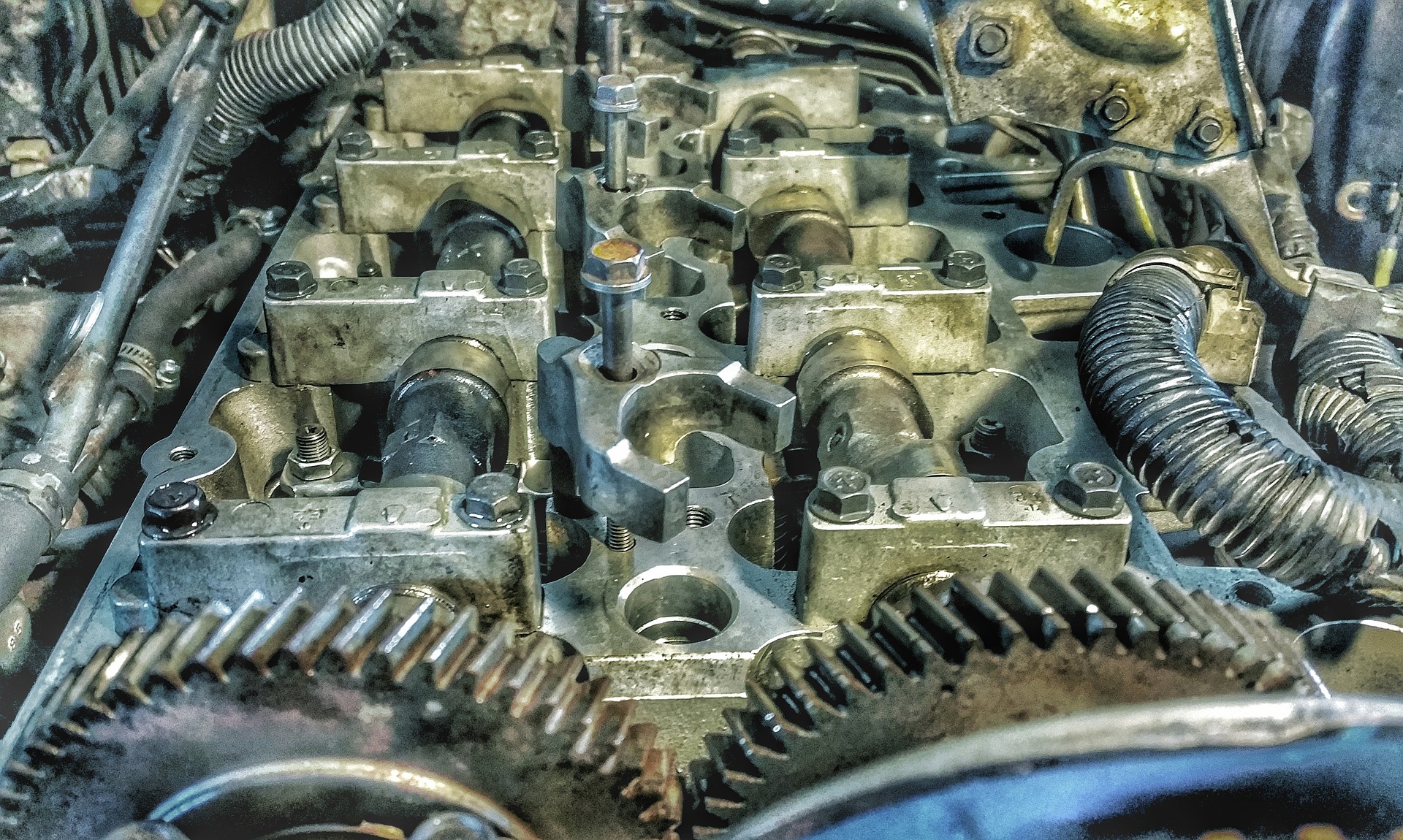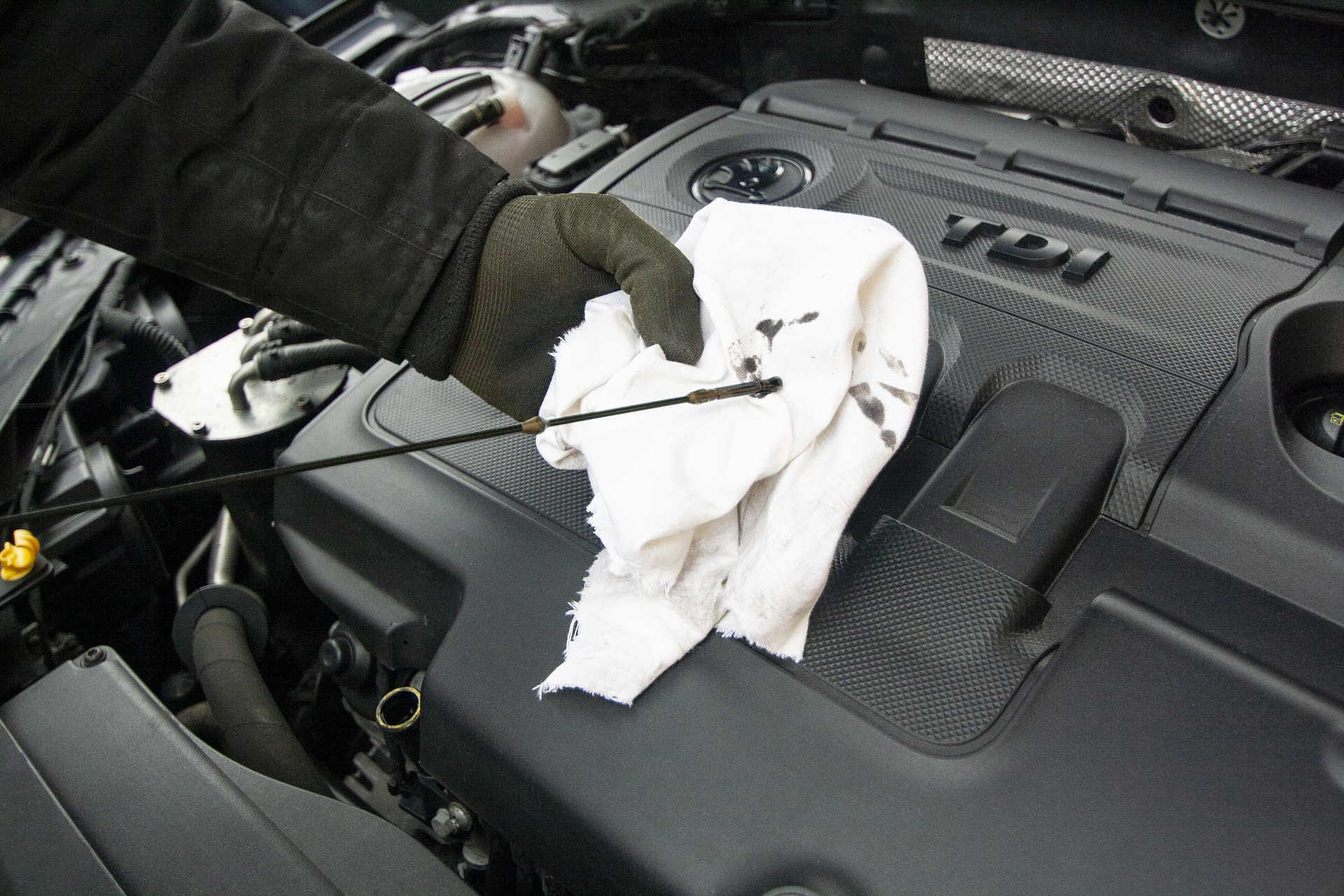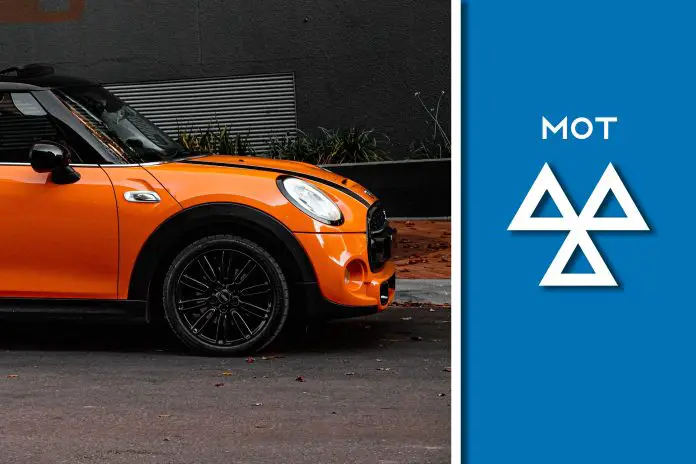What is an oil leak that is not excessive? If you’re like most drivers, the words “oil leak” strike terror in your heart. You worry about the damage it could do to your engine, and whether or not you’ll end up paying a fortune to get it fixed.
If you have an oil leak but it’s not excessive, what does that mean for your car? It can be difficult to know what to do when you have this type of oil leak. In this article, we will discuss the possible causes that will result in the “oil leak but not excessive” term that is coined in MOTs, and what you can do to fix it. We will also talk about the importance of getting your car serviced regularly to curb oil leaks. Plus, whether you should buy a car with this problem?
What is an Oil Leak But Not Excessive?
Oil leak but not excessive is a common term used by MOT testing stations to describe a particular kind of oil leak. This term may show up when you go to the GOV.UK website and check the MOT status of a car. It is a problem that can occur in any car with a petrol or diesel driven engine. It is usually caused by a faulty seal or gasket, and it can lead to further damage if not fixed. An oil leak can cause your engine to overheat, and increase the wear and tear on your vehicle.
When MOT testing is concerned, a non-excessive oil leak by itself is not a reason for failure. This issue is classified as an “advisory” meaning the vehicle is perfectly legal to drive on UK roads but a repair is recommended. Heavy oil leaks however will result in an MOT failure, excess oil on the roads can endanger other road users.

Common Causes of an Oil Leak
One of the most prevalent sources of oil leakage in an automobile is from the oil pan gasket. However, it is possible this may not be the only cause. It might be a leak in the timing belt cover or a leak in the camshaft seal. An oil leak may also be caused by a variety of other factors such as worn components. These are some of the most common reasons why your car may be leaking oil and we explain in more detail below.
Camshaft seals
With engines that employ a timing belt to keep the camshaft and crankshaft in rhythm, camshaft seal leaks can be prevalent. The camshafts of your automobile, like the crankshaft, are located on the interior of the engine. Two or more camshafts protrude slightly on overhead camshaft engines to provide a location for the timing gears or sprockets. A camshaft seal is a piece of rubber that wraps around the end of each camshaft and keeps oil from seeping out of the engine.
If it’s a camshaft leak, you should observe oil on the engine’s back under the valve cover. Smoke may be seen billowing from the engine compartment if there is a significant camshaft leak. You may even smell smoke without seeing it at times. A technician can evaluate your car to see whether an oil leak is caused by a worn-out or faulty camshaft seal.
Oil pan gasket
The oil pan gasket is a seal that sits between the oil pan and the block. The oil pump pressurizes engine oil, which circulates throughout the engine to lubricate its moving parts. When this seal leaks, it allows engine oil to escape from the crankcase and run along the bottom of the car. This will often leave an oil spot in your driveway or garage.
If you have an oil leak but it’s not excessive, the most likely cause is a faulty oil pan gasket. You should take your car to a mechanic to have it checked out and repaired as soon as possible.

Worn Out Engine Parts
Another common cause of oil leaks is worn out engine parts. Parts such as the oil pump, oil filter, and oil pressure regulator can wear out over time and start to leak oil. If you have an oil leak that’s not caused by a faulty seal or gasket, it’s most likely due to worn-out engine parts.
If you’re experiencing any kind of oil leak, it’s important to take your car in for service and have the oil pressure regulator checked. It’s also a good idea to have the oil pump and oil filter replaced while you’re at it. This will help prevent future oil leaks from occurring.
Front and rear crankshaft seals
The crankshaft is a component of the internal engine that protrudes slightly from both ends of the engine. It may serve as a mounting point for the external harmonic balancer, flywheel, or flexplate by protruding slightly. Seals at both ends of the crankshaft prevent oil from seeping from the engine. The front and rear primary seals are two separate types of seals that may be found in the engine.
If a crankshaft seal leak is minor, the oil may begin to build on the engine’s underbelly. However, if the leak is severe enough, there may be a visible oil spill in front of the engine.

Timing cover gasket or seal
The majority of today’s cars employ a timing chain, as opposed to a timing belt. The timing chain is lubricated with oil and protected by a timing cap. The timing cover gasket or seal keeps oil within the timing cover where it belongs: inside the timing cover.
Timing cover gaskets, like many other automotive components, deteriorate with time. Over time, the gasket will wear down and oil may begin to seep out of the timing cover. Sometimes it’s not the gasket that’s worn out, but the timing covers itself.
If oil is leaking from the middle of the engine at the front, it is usually due to a leaky timing cover. However, a technician will need to analyze your car to determine if the timing cover or timing cover gasket has to be changed in order to fix the oil leak.
Get Your Car Serviced Regularly
Even if you don’t think you have an oil leak, it’s important to get your car serviced regularly. A mechanic can inspect your car for oil leaks and other potential problems. They can also check the oil level and condition to ensure that your engine is properly lubricated.
Car services are crucial to maintaining the longevity of your vehicle. If you notice oil leaking from your car, or if it’s been a while since your last service, make an appointment with a mechanic as soon as possible. If you ignore a vehicle’s oil leak or neglect your service schedule, it can result in engine damage.
Should I Buy a Car With This Problem?
This depends on a number of factors, including the severity of the oil leak, the service history, and whether or not it comes with an extensive warranty.
If a little oil leak is not fixed, it might develop into a serious issue. If you’re not sure whether or not to buy a car with this problem, consult with a technician. They will give you a more accurate estimate of the cost and severity of the oil leak, as well as how often your car will need to be serviced.
Before purchasing a vehicle, have it inspected by a certified mechanic. oil leaks can be expensive to fix, and they may cause damage to your engine if left untreated. They can provide you with a more precise estimate of how much it will cost and how serious the oil leak is.
Cars of a certain age can develop small oil leaks and it is not an uncommon issue. If the leak isn’t causing the car any damage and the leaking isn’t going to ruin your driveway too much, it may be something you can live with. Needless to say, if you are viewing a car with this problem it is definitely worth asking if the seller can adjust the price accordingly.

Conclusion
If you are experiencing an oil leak but it is not excessive, there are a few things you can do to try and take care of the problem before taking your car in for repair. Certain fluids and potions are available to pour directly into your oil system that will expand gaskets and reduce leaks, though this depends on exactly which type of leak it is. Wynn’s Engine Stop Leak Additive is one example that can be used on both Petrol & Diesel Engines.
We recommend that you check the engine oil level and top it up if necessary, replace the air filter and have your fuel system checked. These simple steps may help to take care of the issue and prevent it from getting worse. Low oil levels can cause serious damage. Older cars will need to be checked manually using the dipstick.
Remember, this common issue is just an advisory. Meaning you are not legally obliged to repair it immediately, but it is recommended that you do so. Take a look at another of our common MOT advisory articles on worn brake discs.
Have you experienced an oil leak recently? What did you find was the best method to fix it? Feel free to tell us about your experience in the comments below.



